
August 2013
June Show: Snowy and Smokey
By Paul Harvey
By the time you are reading this, the June Show is just a lot of great memories and photos. After some threatening skies on Thursday, the rest of the weekend turned out fantastic. Weather was sunny, warm, and dry! The museum did not have the expected rain and mud, so typical of Coolspring, and there were so many surprises to our visitors that you will soon see. The off-site parking areas filled up early but the shuttle bus saved these visitors long walks. We had good food, excellent exhibitors, great flea-market and a very happy attendance; all needed for a great show.
Probably the biggest surprise, even to me, was to see
the 600 hp Snow engine run. It has been so long since we spent the
winter removing the engine and placing it in safe storage. A dedicated
crew spent many hours, no- years, doing the restoration. And now it
finally paid off! About
Next to the Snow, in Pat's Place, another surprise took place. Photo 2 shows the restored 50 hp White and Middleton engine that John Wilcox saved from the Bremen Station of the Buckeye Pipe Line Co. in 1958. It originally pumped crude oil along with the 12x24 model 4 Klein in the Power Technology Building. This massive engine has 7 1/2 foot flywheels. It has finally been restored to its original beauty and was ready to run after so many years. Now having all the pipe work done, it ran after each Snow run to keep the visitors on the hill happy. It was built in 1897 and ran long after the Klein was retired.
Photo 3 shows the 150 hp Hall Scott
engine, built in
Back in the early 1970s I had acquired a Sanderson
Cyclone self propelled drilling machine, built in
Over the past few shows, the cooling water for the
engines had been getting very hot. Water from the tanks on the hill
circulates through all the engines in the buildings and returns to a
sump tank where the Pump House pumps it back into the tanks for
recirculation. The old cooler had not been in operation for many years,
but thanks to Rob and Nate, it ran 15 hours a day to keep our engine
cooling water at the correct temperature. Photo 5 shows
the 4 hp Renfrew, built in
These were some of the surprises that happened at the June Show. But our theme was oil engines and we did have a great and varied display exhibited. And smoke they did make! The following brief representation of them.
Photo 6 shows a very rare 18 hp Renfrew
Hvid injection, twin-cylinder oil engine. This engine was built in
There were many makers of the Hvid injection system both
in the
Photo 8 shows a 10 hp Northeastern diesel
built in
The most common Hvid injection engine is the "Thermoil"
built by the Hercules engine company of
Bulldog gas engines were noted for their extremely heavy design and durability. But, as Photo 10 shows, their oil engines were even more rugged. Doug brought this engine a long way to display for our show here. Note the oil tank mounted on top of the water hopper.
Tom and Dieter proudly display a 2-51
Photo 12 shows the museum's 20 hp OD Bessemer oil engine.
An
earlier issue of The Flywheel is devoted to the detailed
description of the OD. This engine has been in our storage for many
years and is now displayed on the 1952 Phelan trailer pulled by the 1968
V-200 International tractor. This engine was built about 1915 and pumped
crude oil at The Buckeye Pipe Line's Mohican Station in mid-
Built in 1897, this Crossley oil engine ran flawlessly throughout the
show. It is seen in Photo 13. It was built in
Photo 14 shows a very unusual Pohl Oil Engine built by the
George Pohl Manufacturing Company of
Although most early oil engines were known to be smoky, the Mietz &
Weiss hot bulb, two-cycle oil burners were perhaps some of the worst.
These engines were made in
Photo 16 shows a very nice, two-cylinder vertical Hill diesel. These engines provided very durable power units.
Fairbanks Morse, made in
Photo 18 shows a three-cylinder, Atlas-Imperial common
rail diesel powering a two-cylinder vertical ammonia compressor. The
engine is a delight to see operate with his distinctive exhaust note and
multiple pushrods and mechanisms. It originally was used in a cold
storage facility on
Probably one of the most interesting names for an oil engine is the
Burnoil. Seen in Photo 19 this 2 1/2 hp engine uses the
Hvid principle and hopper cooling. Note that the valve operating
mechanism as well as the fuel tank is located on the "off" side of the
engine. This maker was located in
Our last engine, shown in Photo 20 is a very early Cummins
built in
It is my hope that the reader will enjoy this tour of our June show, with both all the new surprises here at the museum as well as so many great and interesting displays provided by our volunteers and exhibitors.
The Museum will be open on:
August 17 & 18, 2013
September 21 & 22, 2013
Our final show and season closing will be:
October 17, 18, & 19, 2013
Please call 814-849-6883 for more information. Please attend one of these events to see our equipment in operation. See you then!

Photo 1: First run of the 600 hp Snow engine
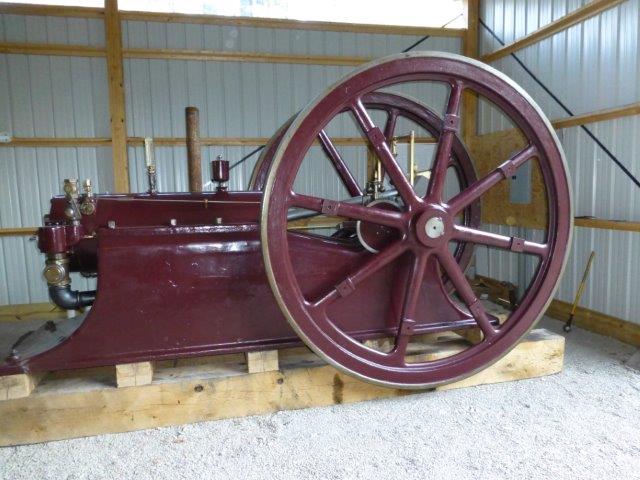
Photo 2: Restored 50 hp White and Middleton engine
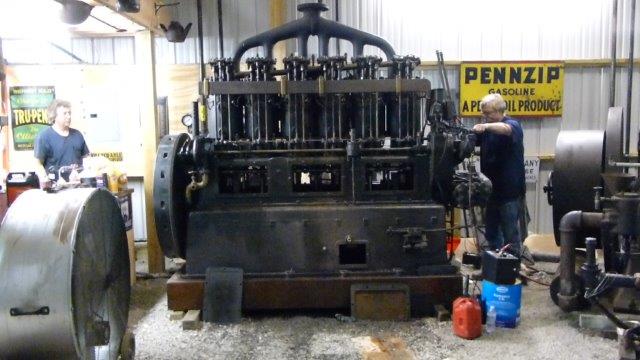
Photo 3: 150 hp Hall Scott engine
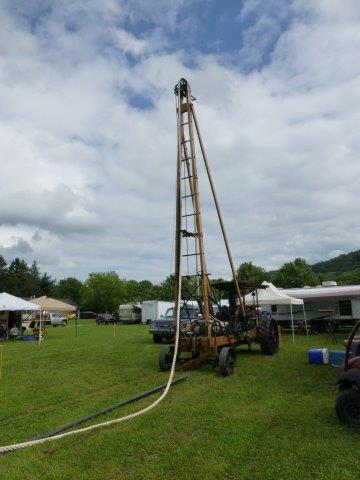
Photo 4: Sanderson Cyclone self propelled drilling machine
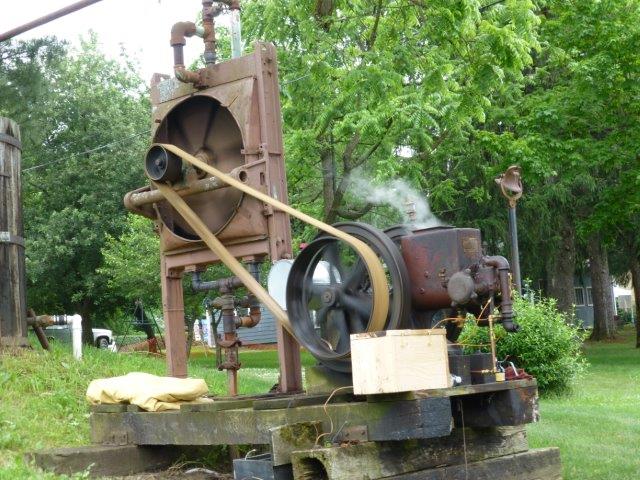
Photo 5: 4 hp Renfrew engine
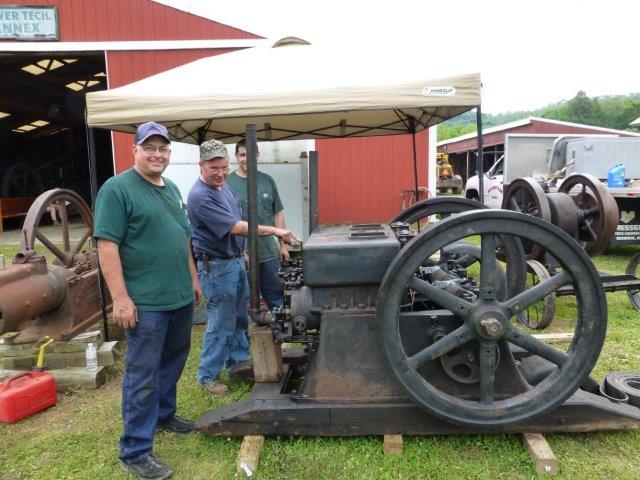
Photo 6: 18 hp Renfrew Hvid injection, twin-cylinder oil engine
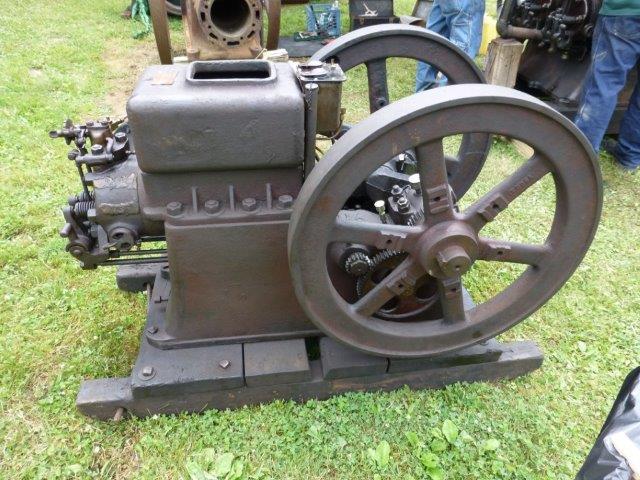
Photo 7: 6 hp
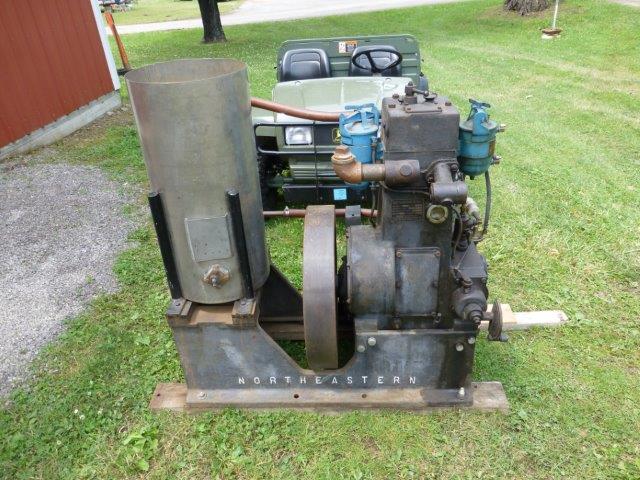
Photo 8: 10 hp Northeastern diesel engine
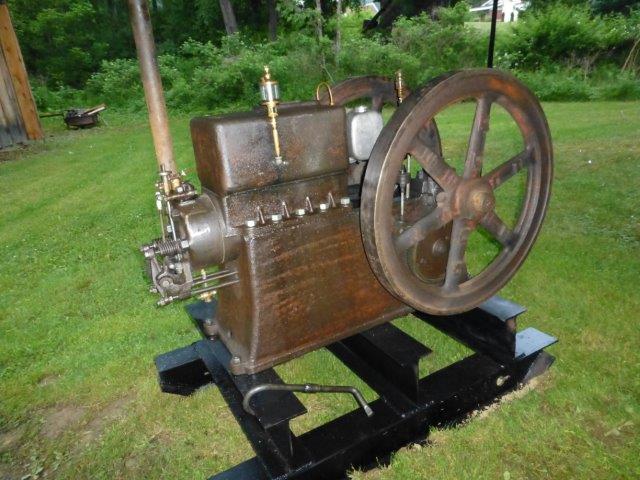
Photo 9: Hercules Model U Thermoil engine

Photo 10: Bulldog oil engine
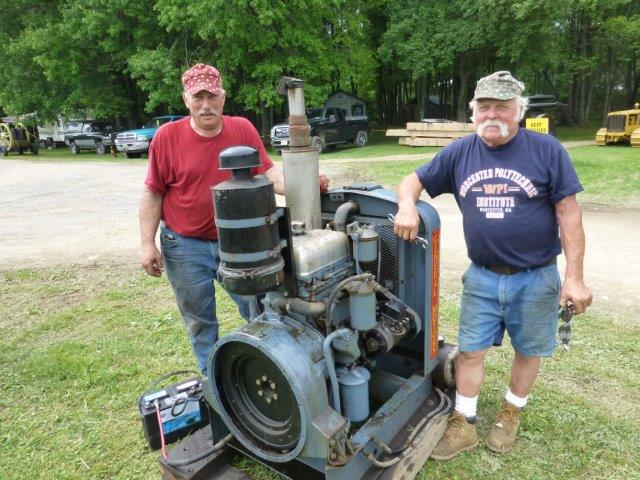
Photo 11: 2-51
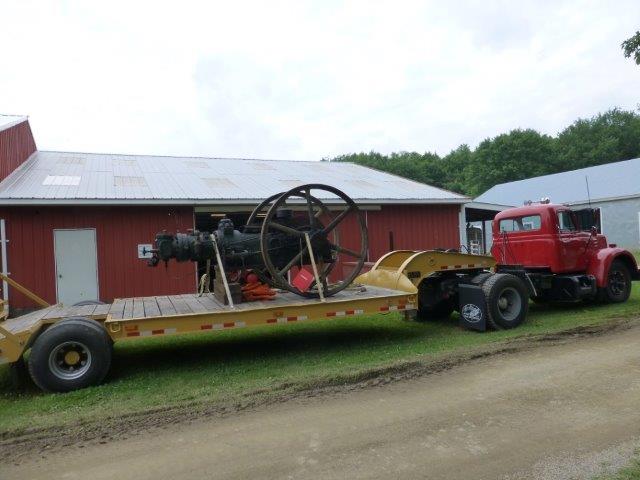
Photo 12: The museum's 20 hp OD Bessemer oil engine
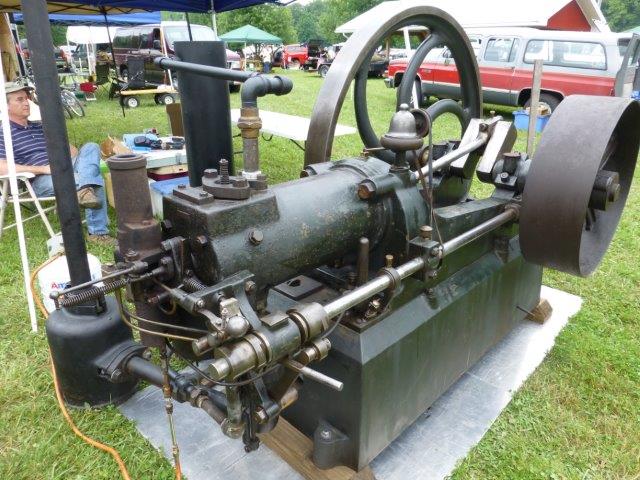
Photo 13: Crossley oil engine
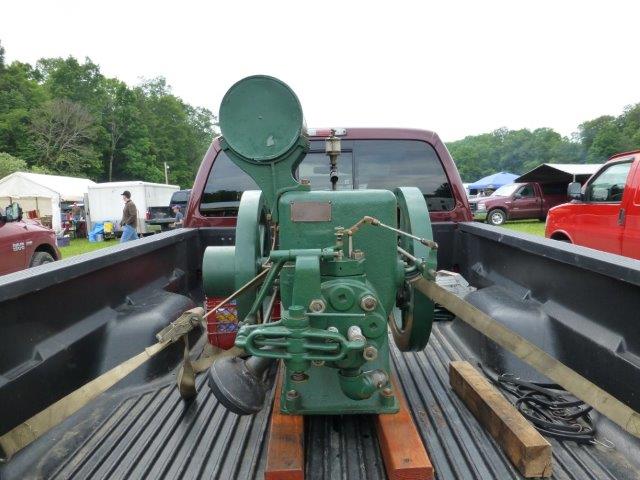
Photo 14: Pohl oil engine
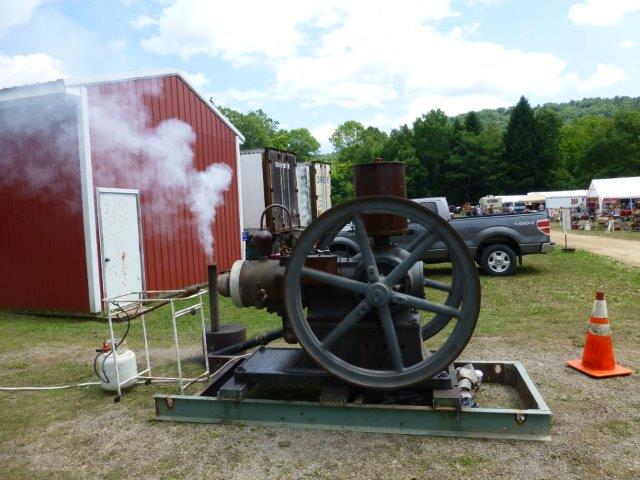
Photo 15: 15 hp Mietz and Weiss oil engine
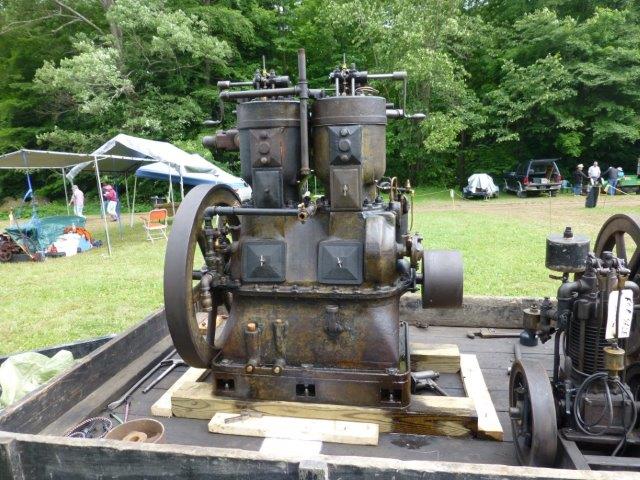
Photo 16: Two-cylinder vertical Hill diesel engine
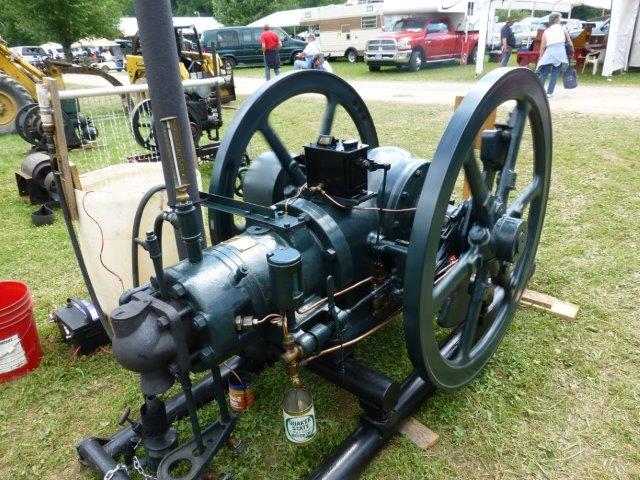
Photo 17: Fairbanks Morse style Y, type H horizontal engine
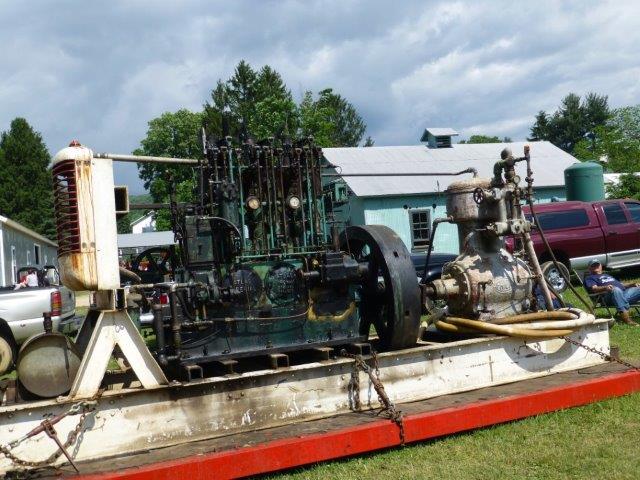
Photo 18: Atlas-Imperial common rail diesel engine
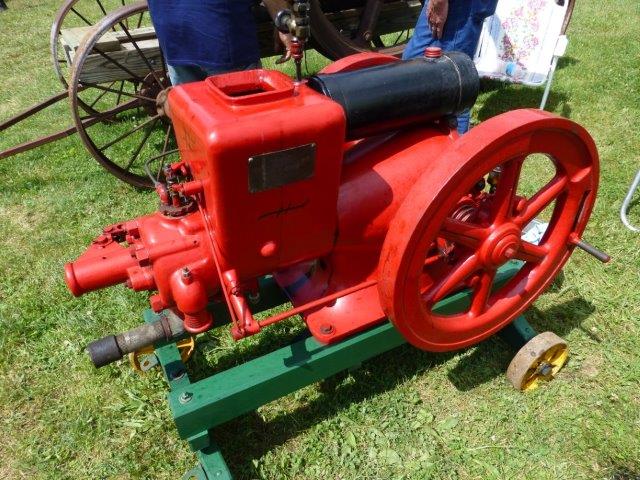
Photo 19: 2 1/2 hp Burnoil oil engine
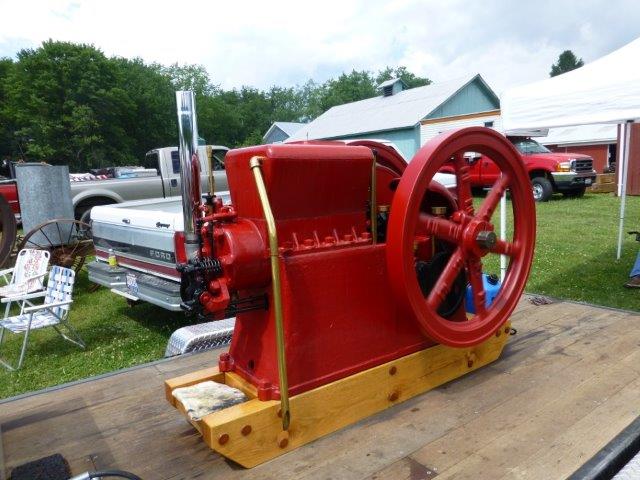
Photo 20: Very early Cummins oil engine